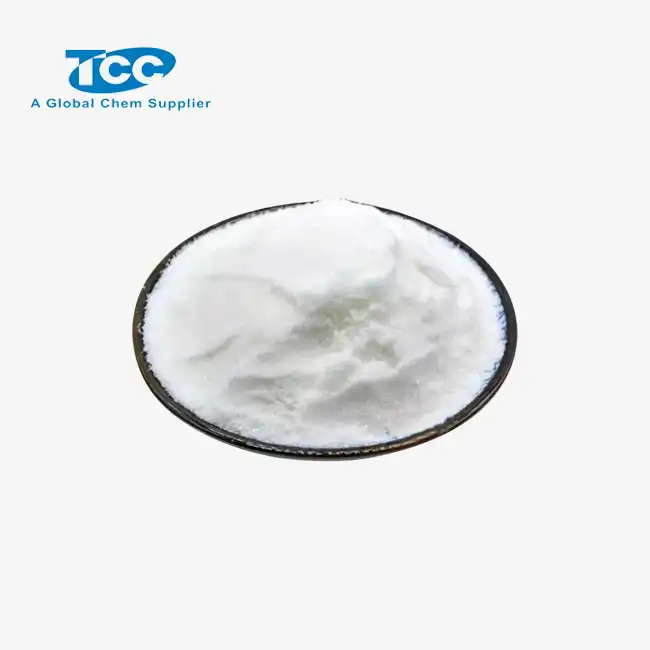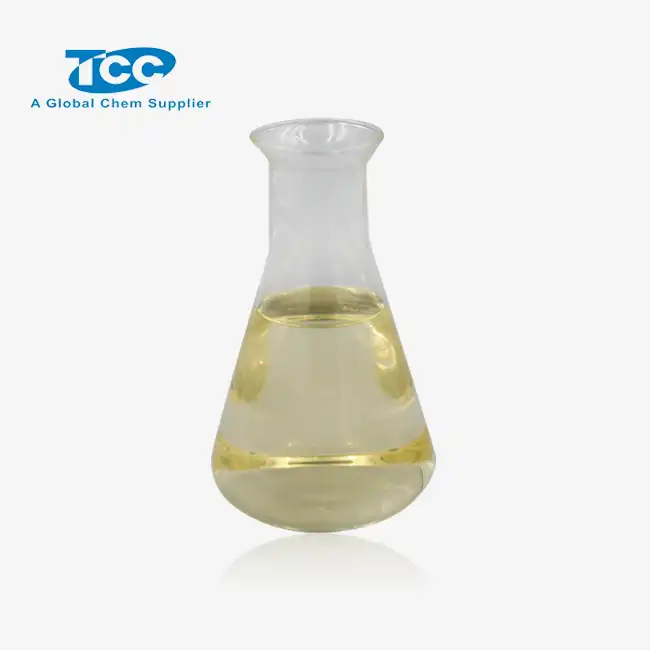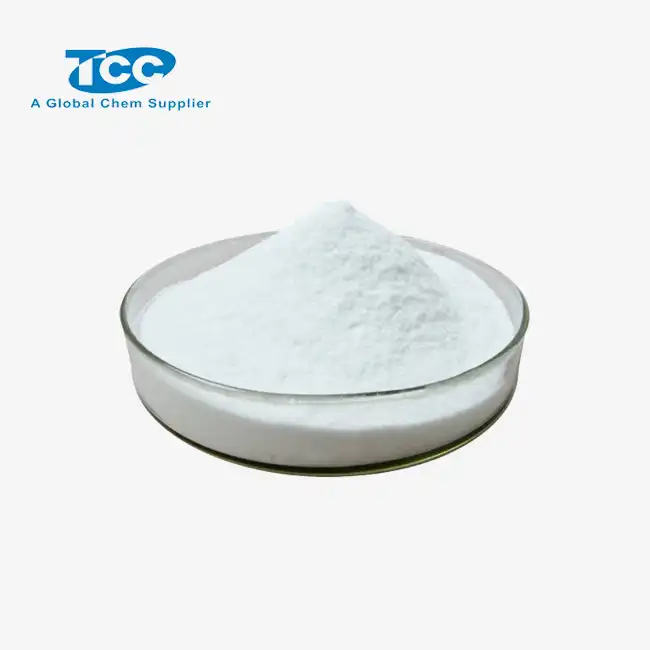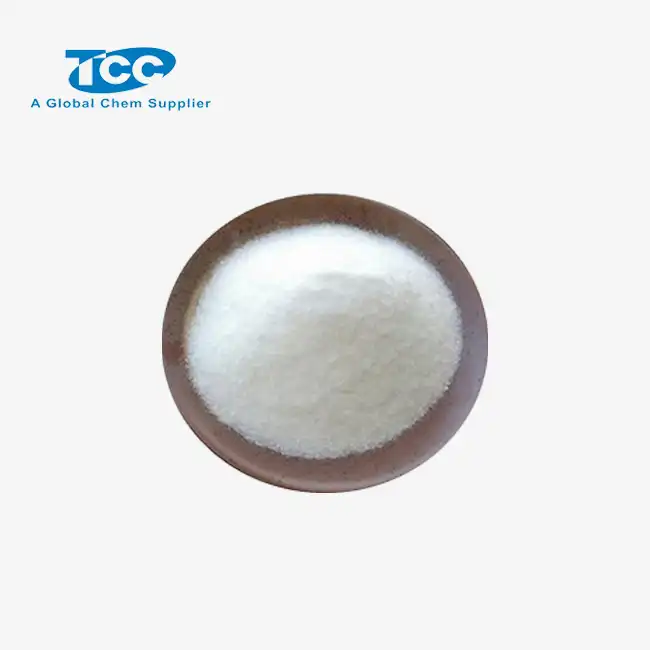- English
- French
- German
- Portuguese
- Spanish
- Russian
- Japanese
- Korean
- Arabic
- Greek
- German
- Turkish
- Italian
- Danish
- Romanian
- Indonesian
- Czech
- Afrikaans
- Swedish
- Polish
- Basque
- Catalan
- Esperanto
- Hindi
- Lao
- Albanian
- Amharic
- Armenian
- Azerbaijani
- Belarusian
- Bengali
- Bosnian
- Bulgarian
- Cebuano
- Chichewa
- Corsican
- Croatian
- Dutch
- Estonian
- Filipino
- Finnish
- Frisian
- Galician
- Georgian
- Gujarati
- Haitian
- Hausa
- Hawaiian
- Hebrew
- Hmong
- Hungarian
- Icelandic
- Igbo
- Javanese
- Kannada
- Kazakh
- Khmer
- Kurdish
- Kyrgyz
- Latin
- Latvian
- Lithuanian
- Luxembou..
- Macedonian
- Malagasy
- Malay
- Malayalam
- Maltese
- Maori
- Marathi
- Mongolian
- Burmese
- Nepali
- Norwegian
- Pashto
- Persian
- Punjabi
- Serbian
- Sesotho
- Sinhala
- Slovak
- Slovenian
- Somali
- Samoan
- Scots Gaelic
- Shona
- Sindhi
- Sundanese
- Swahili
- Tajik
- Tamil
- Telugu
- Thai
- Ukrainian
- Urdu
- Uzbek
- Vietnamese
- Welsh
- Xhosa
- Yiddish
- Yoruba
- Zulu
Can Polyacrylamide powder improve soil erosion control?
Soil erosion is a pressing environmental concern that affects agricultural productivity, water quality, and ecosystem stability worldwide. As the search for effective solutions continues, polyacrylamide (PAM) powder has emerged as a promising tool in the fight against soil erosion. This synthetic polymer has garnered attention for its ability to enhance soil structure, increase water infiltration, and reduce sediment loss. By forming stable aggregates and improving soil cohesion, polyacrylamide powder can significantly mitigate the impact of water and wind erosion on vulnerable landscapes. Its application in various settings, from agricultural fields to construction sites, has shown encouraging results in preserving topsoil and reducing runoff. As we delve deeper into the capabilities of polyacrylamide powder, it becomes clear that this innovative solution holds great potential for advancing soil erosion control strategies and promoting sustainable land management practices.
What are the primary mechanisms by which polyacrylamide powder controls soil erosion?
How does polyacrylamide powder improve soil structure?
Polyacrylamide powder plays a crucial role in improving soil structure through its unique chemical properties. When applied to soil, the long-chain polymer molecules of polyacrylamide interact with clay particles and organic matter, forming bridges between them. This process, known as flocculation, results in the creation of larger, more stable soil aggregates. These aggregates enhance soil porosity, allowing for better water infiltration and reducing surface runoff. Additionally, the improved soil structure increases resistance to detachment by raindrops and wind, effectively minimizing erosion. The polymer's ability to bind soil particles also helps in maintaining soil integrity, preventing the dispersion of fine particles that are most susceptible to erosion. By creating a more cohesive soil matrix, polyacrylamide powder significantly enhances the soil's ability to withstand erosive forces, making it an invaluable tool in soil conservation efforts.

What effect does polyacrylamide powder have on water infiltration?
Polyacrylamide powder has a significant positive impact on water infiltration in soil, which is crucial for erosion control. When applied to soil surfaces, the polymer forms a thin, permeable gel-like layer that enhances the soil's ability to absorb water. This increased infiltration capacity reduces surface runoff, one of the primary causes of soil erosion. The polymer's hydrophilic nature allows it to absorb and retain water, slowly releasing it into the soil profile. This process not only prevents water from accumulating on the surface but also ensures a more even distribution of moisture throughout the soil. As a result, the soil becomes less prone to erosion during heavy rainfall events. Furthermore, the improved water infiltration facilitated by polyacrylamide powder helps maintain soil moisture levels, promoting better plant growth and root development. These stronger root systems, in turn, contribute to enhanced soil stability and further erosion resistance.

How does polyacrylamide powder reduce sediment loss in runoff?
Polyacrylamide powder is highly effective in reducing sediment loss in runoff, a key factor in soil erosion control. When applied to soil, the polymer creates a protective barrier on the surface that helps bind soil particles together. This increased cohesion prevents fine soil particles from being easily detached and carried away by water or wind. As runoff flows over treated surfaces, the polyacrylamide molecules interact with suspended soil particles, causing them to flocculate and settle out of the water. This process significantly reduces the amount of sediment transported in runoff, thereby minimizing soil loss and protecting downstream water quality. The polymer's ability to clarify runoff water also helps maintain the integrity of drainage systems and reduces the risk of sedimentation in water bodies. By effectively trapping and retaining soil particles, polyacrylamide powder plays a crucial role in preserving valuable topsoil and maintaining the long-term productivity of agricultural and construction sites.
How does the application method of polyacrylamide powder affect its effectiveness in erosion control?
What are the different methods of applying polyacrylamide powder for erosion control?
Polyacrylamide powder can be applied using various methods, each tailored to specific site conditions and erosion control needs. Dry application involves spreading the powder directly onto the soil surface, which is particularly effective for large areas or when immediate activation by rainfall is expected. Alternatively, the powder can be mixed with water to create a solution or slurry for spray application. This method allows for more uniform coverage and is often used in hydroseeding operations or for treating smaller, targeted areas. Another technique involves incorporating polyacrylamide powder into irrigation water, known as chemigation, which is particularly useful for agricultural settings. Some applications may involve mixing the powder with other soil amendments or fertilizers to enhance its distribution and effectiveness. The choice of application method depends on factors such as soil type, slope, rainfall patterns, and the specific erosion challenges of the site.
What factors influence the optimal application rate of polyacrylamide powder?
Determining the optimal application rate of polyacrylamide powder is crucial for maximizing its erosion control benefits while ensuring cost-effectiveness. Several factors influence the appropriate dosage, including soil texture, organic matter content, slope gradient, and expected rainfall intensity. Clay-rich soils typically require lower application rates due to their higher reactivity with the polymer, while sandy soils may need higher rates to achieve the same level of erosion control. The presence of organic matter can affect the polymer's binding efficiency, potentially necessitating adjustments in application rates. Steeper slopes and areas prone to high-intensity rainfall events may require increased amounts of polyacrylamide powder to provide adequate protection. Additionally, the intended duration of erosion control and the specific erosion processes at play (e.g., sheet erosion, rill erosion) should be considered when determining application rates. It's important to note that excessive application can lead to reduced infiltration and potential environmental concerns, emphasizing the need for careful calibration based on site-specific conditions and expert recommendations.
How does the timing of polyacrylamide powder application impact its effectiveness?
The timing of polyacrylamide powder application plays a critical role in its effectiveness as an erosion control measure. Ideally, the polymer should be applied before anticipated erosive events, such as heavy rainfall or strong winds, to ensure maximum protection. In agricultural settings, application is often timed to coincide with planting or immediately after tillage operations when the soil is most vulnerable to erosion. For construction sites, applying polyacrylamide powder as soon as soil is exposed can prevent initial erosion and establish a protective layer. The polymer's effectiveness can be influenced by temperature and moisture conditions at the time of application. Applying the powder to dry soil may require subsequent irrigation or rainfall to activate its binding properties fully. Conversely, application during excessively wet conditions may reduce the polymer's ability to adhere to soil particles effectively. Regular reapplication may be necessary in areas subject to prolonged erosive forces or where the treated surface is frequently disturbed. By carefully considering the timing of application, land managers can optimize the erosion control benefits of polyacrylamide powder and ensure long-lasting soil protection.
What are the potential environmental impacts of using polyacrylamide powder for erosion control?
Are there any concerns about the toxicity of polyacrylamide powder in soil and water ecosystems?
The use of polyacrylamide powder for erosion control has raised questions about its potential toxicity to soil and water ecosystems. While polyacrylamide itself is generally considered non-toxic, concerns have been raised about the presence of residual acrylamide monomers, which can be harmful to aquatic life and potentially carcinogenic to humans. However, modern manufacturing processes have significantly reduced the levels of these monomers in commercial polyacrylamide products. Studies have shown that when used as directed, polyacrylamide powder poses minimal risk to soil organisms and plant growth. In aquatic environments, the polymer tends to adsorb to sediments and organic matter, limiting its bioavailability. The biodegradation of polyacrylamide in soil and water is slow but does occur over time, primarily through physical, chemical, and biological processes. While the overall environmental impact is considered low, it's crucial to follow recommended application rates and best management practices to minimize any potential risks associated with its use in erosion control.

How does polyacrylamide powder affect soil microorganisms and plant growth?
The impact of polyacrylamide powder on soil microorganisms and plant growth has been a subject of considerable research. Generally, studies have shown that when used at recommended rates, polyacrylamide has minimal negative effects on soil microbial populations. In fact, some research suggests that the improved soil structure resulting from polyacrylamide application can create a more favorable environment for microbial activity. The polymer's ability to retain moisture and reduce soil compaction can lead to increased microbial biomass and diversity. Regarding plant growth, polyacrylamide powder has been found to have largely positive effects. By improving soil structure and water retention, it enhances conditions for root development and nutrient uptake. This can lead to increased crop yields and improved plant health, particularly in water-limited environments. The polymer's ability to reduce erosion also helps preserve valuable topsoil and nutrients, further supporting plant growth. However, it's important to note that excessive application of polyacrylamide powder can potentially interfere with seed germination or root penetration, highlighting the need for proper application techniques and rates.
What are the long-term effects of repeated polyacrylamide powder applications on soil properties?
The long-term effects of repeated polyacrylamide powder applications on soil properties are an important consideration for sustainable erosion control strategies. Over time, regular use of polyacrylamide can lead to cumulative changes in soil structure and function. Positively, continued applications can result in sustained improvements in soil aggregation, porosity, and water-holding capacity. These changes can enhance soil resilience to erosive forces and support better plant growth. However, there are potential concerns about the accumulation of polyacrylamide in soil over extended periods. While the polymer does degrade, its breakdown is slow, and repeated applications could lead to buildup in the soil profile. This accumulation may affect soil hydraulic properties, potentially altering water movement and aeration in the long term. Some studies have suggested that high concentrations of polyacrylamide in soil could influence nutrient cycling and microbial community composition, though these effects are generally considered minimal at recommended application rates. It's crucial to monitor soil properties and adjust application strategies over time to maintain optimal soil health and erosion control effectiveness.
Conclusion
Polyacrylamide powder has demonstrated significant potential in improving soil erosion control through its ability to enhance soil structure, increase water infiltration, and reduce sediment loss. Its versatility in application methods and effectiveness across various soil types make it a valuable tool in erosion management strategies. While concerns about environmental impacts exist, proper application and management can minimize risks while maximizing benefits. As research continues, polyacrylamide powder remains a promising solution for addressing the critical issue of soil erosion, contributing to sustainable land management and environmental protection.
Xi'an Taicheng Chemical Co., Ltd. has been delivering high-performance oilfield chemicals since 2012. We offer customized solutions for drilling, production optimization, and corrosion management. Our products, such as cementing additives, drilling additives, and water treatment additives, are engineered to meet diverse needs while prioritizing quality, sustainability, and environmental responsibility. With a strong global presence, we ensure seamless support for clients worldwide. Contact us at sales@tcc-ofc.com for more information.
References
1. Sojka, R.E., Bjorneberg, D.L., Entry, J.A., Lentz, R.D., & Orts, W.J. (2007). Polyacrylamide in agriculture and environmental land management. Advances in Agronomy, 92, 75-162.
2. Lentz, R.D., Sojka, R.E., & Foerster, J.A. (1996). Estimating polyacrylamide concentration in irrigation water. Journal of Environmental Quality, 25(5), 1015-1024.
3. Tang, Z., Lei, T., Yu, J., Shainberg, I., Mamedov, A.I., Ben-Hur, M., & Levy, G.J. (2006). Runoff and interrill erosion in sodic soils treated with dry PAM and phosphogypsum. Soil Science Society of America Journal, 70(2), 679-690.
4. Barvenik, F.W. (1994). Polyacrylamide characteristics related to soil applications. Soil Science, 158(4), 235-243.
5. Green, V.S., & Stott, D.E. (2001). Polyacrylamide: A review of the use, effectiveness, and cost of a soil erosion control amendment. In D.E. Stott, R.H. Mohtar, & G.C. Steinhardt (Eds.), Sustaining the Global Farm (pp. 384-389). Selected papers from the 10th International Soil Conservation Organization Meeting.
6. Lee, S.S., Gantzer, C.J., Thompson, A.L., & Anderson, S.H. (2010). Polyacrylamide and gypsum amendments for erosion and runoff control on two soil series. Journal of Soil and Water Conservation, 65(4), 233-242.
Learn about our latest products and discounts through SMS or email



